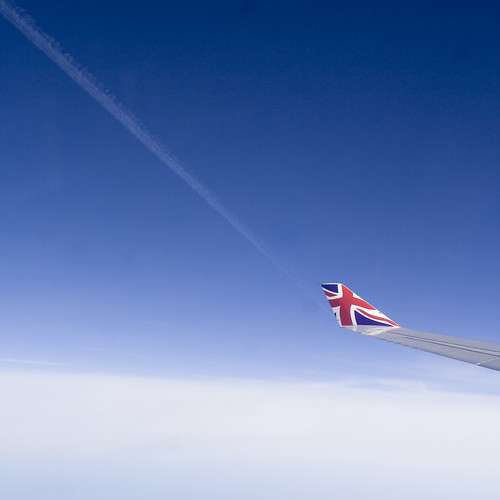
For those of you following at home, we have been following the trials and tribulations of the now canceled Access to the Region’s Core transit rail tunnel – a new pair of tunnels under the Hudson River for New Jersey Transit. New Jersey Governor Chris Christie famously canceled the project in favor of shifting the more than $4 billion to the road transportation trust fund, eliminating the need to raise gas taxes (presently one of the lowest in the nation). The New York Times reports that Report Disputes Christie’s Reason for Halting Tunnel Project in 2010:
The report by the Government Accountability Office, to be released this week, found that while Mr. Christie said that state transportation officials had revised cost estimates for the tunnel to at least $11 billion and potentially more than $14 billion, the range of estimates had in fact remained unchanged in the two years before he announced in 2010 that he was shutting down the project. And state transportation officials, the report says, had said the cost would be no more than $10 billion.
Mr. Christie also misstated New Jersey’s share of the costs: he said the state would pay 70 percent of the project; the report found that New Jersey was paying 14.4 percent. And while the governor said that an agreement with the federal government would require the state to pay all cost overruns, the report found that there was no final agreement, and that the federal government had made several offers to share those costs.
In fact, the GAO report1 makes clear that the State of New Jersey was on the hook for 32% of the total cost – less than half of Gov. Christie’s exaggerated claim.2 The report also makes clear that the project cost did not materially change, but rather was being refined as more detailed information came to light.
While ARC had some flaws – chiefly being composed as a deep-cavern terminal which was not directly connected to the existing Penn Station – the project was necessary to relieving the Hudson River crossing bottleneck: currently one 15-minute train disruption in the existing tunnel can delay as many as 15 other NJT and Amtrak trains. The chief beneficiary was New Jersey Transit riders who would now have a one-seat ride to Manhattan; secondary effects would be less cars on the road (meaning faster commutes and less pollution) and an increase in demand for housing in New Jersey communities close to NJT stations. All of this was a net-positive for New Jersey.
But Governor Christie3 killed the project under the aegis of fiscal responsibility, but was really all about keeping taxes low:
Canceling the tunnel, then the largest public works project in the nation, helped shape Mr. Christie’s profile as a rising Republican star, an enforcer of fiscal discipline in a country drunk on debt. But the report is likely to revive criticism that his decision, which he said was about “hard choices” in tough economic times, was more about avoiding the need to raise the state’s gasoline tax, which would have violated a campaign promise. The governor subsequently steered $4 billion earmarked for the tunnel to the state’s near-bankrupt transportation trust fund, traditionally financed by the gasoline tax.
Canceling ARC was nothing more than a naked political gambit, and the GAO called the Governor on his deceit. In Gov Christie’s world, it is better to spend the money on short-term gains, than to invest in an infrastructure project which would create long-term stability in a state which depends on New York for its survival.
At what point do we carve the New York-Connecticut-New Jersey MSA4 out of New York and New Jersey to create the 51st State – the State of New York City? Because trying to coordinate rational land use and transportation policy across state lines is not working at all.
- Potential Impacts and Cost Estimates for the Cancelled Hudson River Tunnel Project, GAO-12-344, Mar 9, 2012 ↩
- Table 2: Proposed Funding by Source, as of April 2010, page 19 ↩
- I originally so much wanted to call Governor Christie the Corpulent King of Jersey, but that didn’t sound nice. So here it is, in a footnote ↩
- What’s a Metropolitan and Micropolitan Statistical Area? ↩





